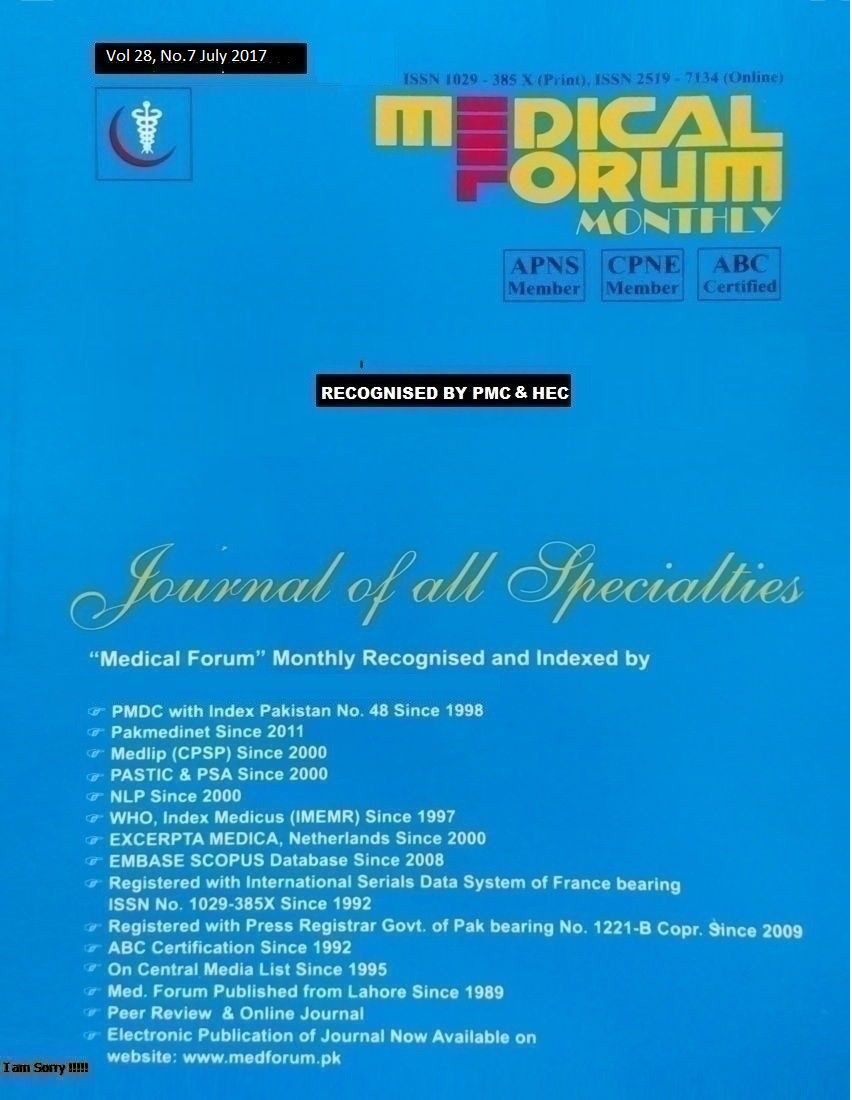
15. Bacteriological Profile of Burned Patients with Septicaemia
Rakhshinda Younus1, Ghulam Shah Nizamani2 and Summaya Anas1
ABSTRACT
Objective: The objective of the current study was to evaluate the bacterial profile of burned patients causing septicaemia in Karachi.
Study Design: Descriptive / cross sectional study.
Place and Duration: Sample were received Department of Microbiology, Basic Medical Sciences Institute (BMSI), Jinnah Postgraduate Medical Centre (JPMC) Karachi from February 2011 to June 2011.
Materials and Methods: Altogether, 42 registered hospitalized burned patients who were admitted in different teaching hospitals of Karachi were included. After taking necessary aseptic measures, the samples were collected and necessary data was filled accordingly. Established microbiological methods, which include colonial morphology, Gram's staining and biochemical characteristics were used for identification.
Results: A total of 23.8% samples were culture positive. Specimens yielded 15 microorganisms. Of this number, 86.66% showed Gram-negative and 13.3% were Gram-positive microbial growth. Among the Gram-negative, pseudomonas aeruginosa were the most common accounting for 46.66% followed by proteus vulgaris accounting for 20% and less common was escherichia coli with 6.66%. Staphylococcus aureus (13.33%) was the only Gram positive organism isolated.
Conclusion: In burned patients with septicaemia, Gram-negative, pseud m nas aeruginosa was the most common organism seen in positive cultures.
Key Words: Burned patients, septicemia, Gram positive bacteria, Gram negative bacteria and Pseudomonas aeruginosa
Citation of articles: Younus R, Nizamani GS, Anas S. Ba teriological Profile of Burned Patients with Septicaemia. Med Forum 2017;28(7):64-66.
